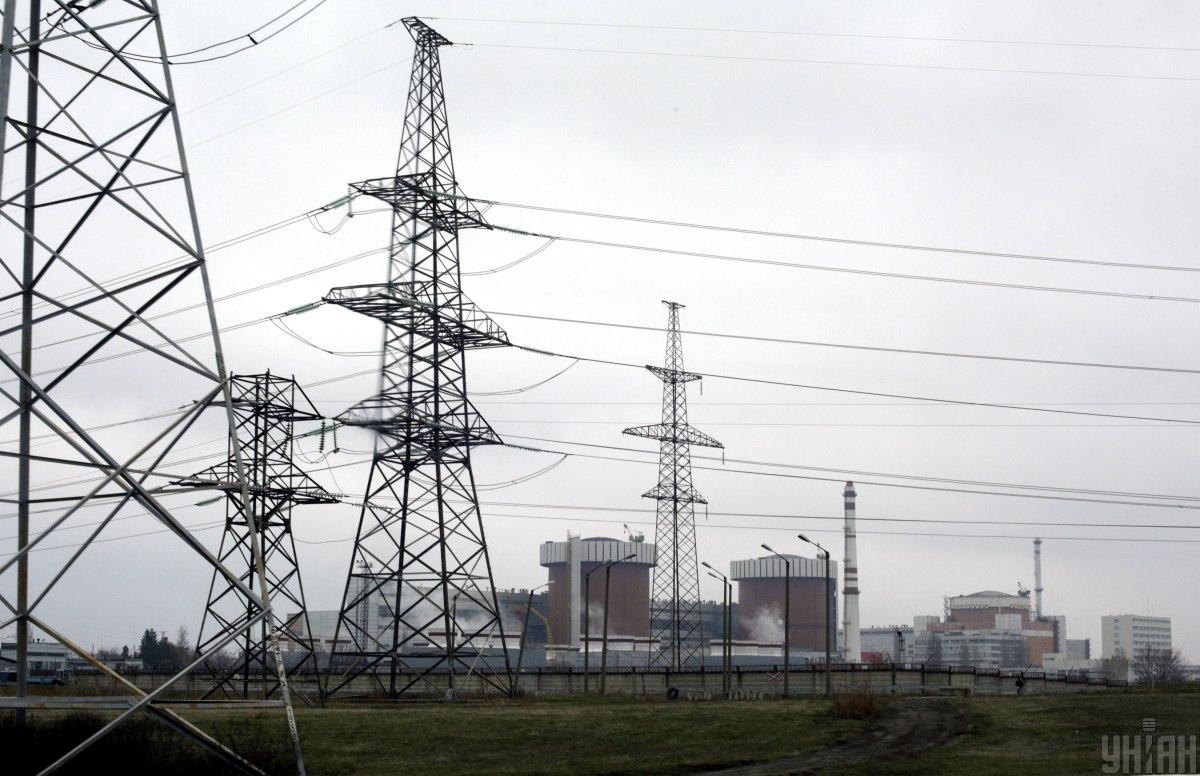
Ukraine's energy sector in 2020: Breakthrough in renewables and higher electricity bills
In 2020, Ukraine has survived an acute crisis in the electricity market. The economy fall led to a plunge in consumption, which was observed in the wake of record growth in the share of renewables, pushing out traditional types of generation. As a result, the authorities were forced to cut "green" feed-in tariffs and eventually cancel preferential electricity tariffs for households.
Obviously, on New Year's Eve, people employed in the Ukrainian energy sector will wish each other to forget the outgoing year as soon as possible. This was the year of the acute crisis, generated both by the errors on the part of officials and also objective reasons – economic crisis caused by the coronavirus pandemic.
The fall in the economy led to a drop in electric energy consumption in the country. Moreover, this was happening amid a record spike in the share of renewable energy that's been gaining ground from traditional types of generation. At some point, the government realized that it did not have the money to cover the "green" feed-in tariffs that had been pumped artificially, and then a radical decision was made to reduce them.
“We are dealing with the biggest crisis in the energy sector throughout the entire modern history of the Ukrainian energy sector. We are seeing a full economic, physical, and fuel imbalance in the industry. In this situation, unfortunately, there are no simple solutions," Olha Buslavets, the then-acting energy minister, admitted this spring.
When Buslavets made the bitter confession, she was yet to find herself losing her minister's post in just a few months, thus becoming an exemplary victim of crisis.
The economic crisis in Ukraine and beyond led to a drop in industrial production and, as a result, to a 9% decrease in electricity consumption in the country.
All this forced the electricity producers to cut generation volumes. Throughout the year, the heart of the national energy system, Energoatom nuclear operator, which produces the cheapest electricity in Ukraine, has repeatedly put its power units into forced outage, which delivered a blow to the company's financial performance.
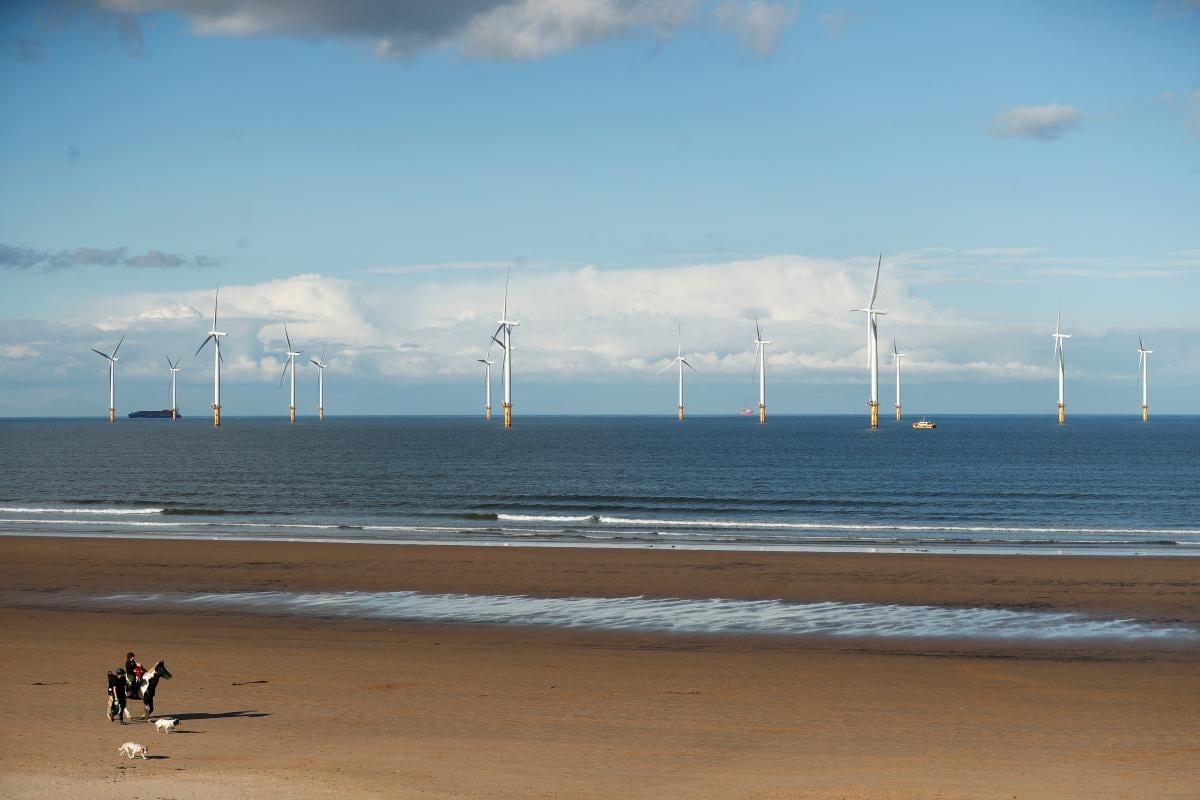
At the same time, renewable generation, which supplies the most expensive electricity to the grid, keeps growing at a record pace, since the current legislation has granted it priority over other types of generation.
So a clear imbalance has developed in the national energy system: renewable energy initially stopped the development of all other types of generation, and then started to "engulf" competitors.
On sunny spring days, the volume of "green" energy for the first time began to displace coal, starting to generate more than 20% percent of all electricity produced across country.
In 2020, the total capacity of solar, wind, and biomass plants in Ukraine exceeded 7 GW. In addition, starting in August, Ukrainian hydroelectric power plants and pumped storage plants, after a significant drop in generation at year-start t, began to actively increase their output, by 25-30% monthly.
It is worth noting that HPPs and PSPs, along with thermal power plants, boast of high maneuverability, which allows to quickly cover unstable injections into the grid by wind and solar.
"The year 2020 was a really difficult one, albeit instructive. The year exposed various problems, risks, threats, and opportunities on the Ukrainian energy market, as well as the consequences that working in different conditions could yield," said Andriy Gerus, head of the Parliamentary Committee on energy, housing and utility services.
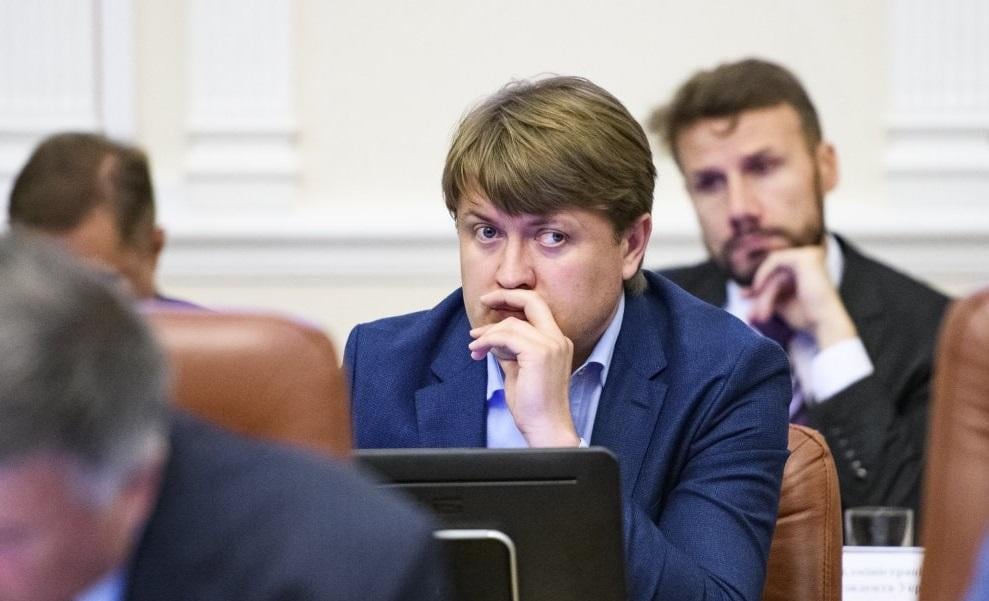
Reduction of "green" feed-in tariff
Record generation of environmentally friendly energy has exacerbated the old problem of overstated "green" tariffs. In the spring, due to a significant increase in new renewable capacities, especially solar, as well as due to imperfections in the electricity market functioning, a serious shortage of funds arose amid payments to renewable energy producers.
"Over the past few years, renewable energy capacity in Ukraine has grown from 2,000 MW to 7,200 MW. They work at a tariff of about UAH 4.5, which is triple the usual market price. Of course, this could not remain without a trace. In 2020, we expected that payments to the "greens" should amount to UAH 55 billion, but it seems that such payments will be even higher, given the change in the euro rate," said MP Gerus.
In July, the Verkhovna Rada, at the Cabinet's suggestion, decided to reduce the feed-in tariff rates for solar and wind power plants by 15% and 7.5% respectively.
"In practice, this means that the state and all Ukrainians will save almost UAH 7 billion annually," Prime Minister Denys Shmyhal said, calling this a compromise solution.
At the same time, market players and experts argue that the law passed by parliament did not completely resolve the problem of debts to renewable energy generation and financial pressure of the "green" tariff on the market.
In 2021, the Parliament will have to revisit the issue and finallysolve the puzzle: where to get the money to pay for the "green" tariff, given the threat of claims by deprived investors to international arbitration.
Integration of Ukrainian and European energy markets
The outgoing year has brought Ukraine one step closer to the European energy system.
At the end of December, an important energy project was commissioned: a 186km-long 750 kW power transmission line was launched, connecting the Zaporizhia NPP and the Kakhovka substation in Kherson region.
Prime Minister Shmyhal noted that the launch will allow the country's largest NPP to operate at full capacity of 6,000 MW and open up opportunities for additional electricity exports.
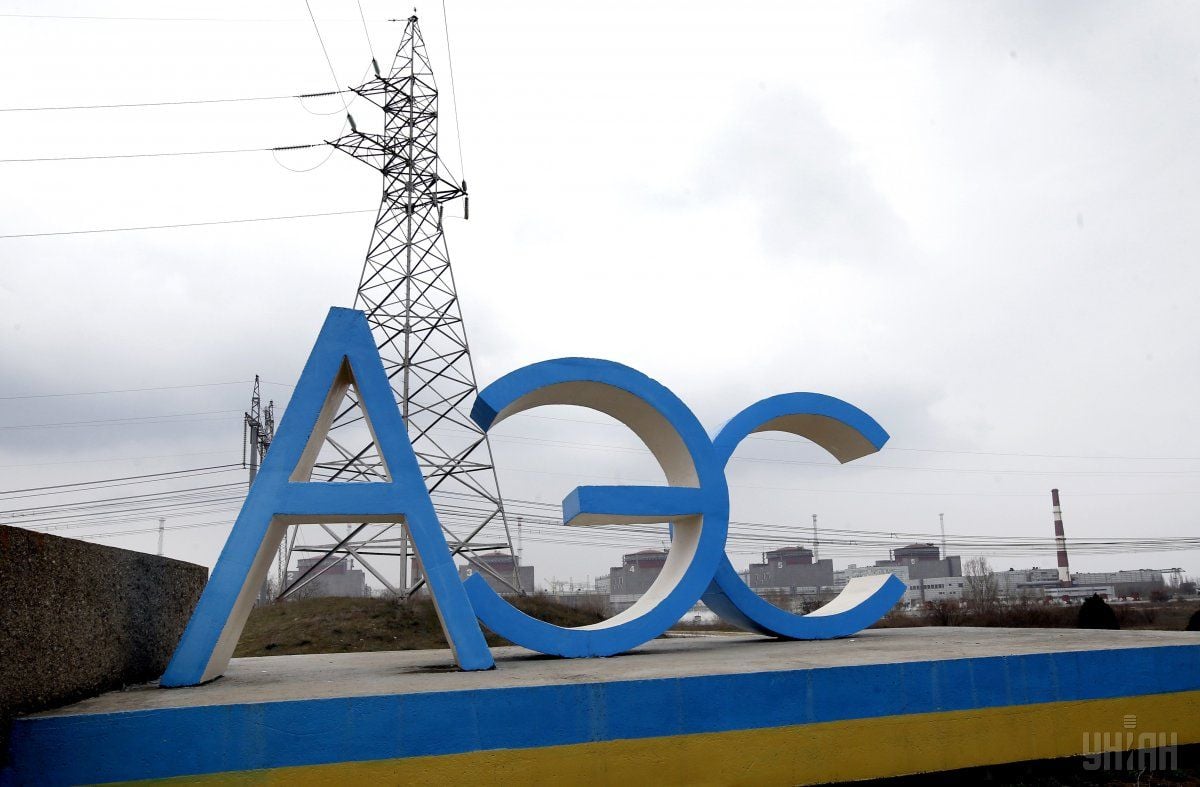
"The line is the first element of the future transit corridor consisting of 750 kW Kakhovka - Prymorsk and 400 kW – Isakcea lines, which will significantly expand capacities for the export of Ukrainian electricity tp Romania after the Unified Energy Grid of Ukraine is synchronized with ENTSO-E," said the head of government.
Chief of the Energy Community Secretariat Janez Kopac, summing up the results of this difficult year, noted that Ukraine, on the way of successful integration into the European power sector, still needs to certify the transmission system operator – the state-owned Ukrenergo.
In his opinion, the country also needs to change the scheme for supporting renewables, introduce standard bilateral contracts for all market participants and ensure the existence of a full-fledged market for ancillary services and a balancing market.
Referring to the assessment by the Energy Community, Kopac said Ukraine ranked second in the overall rating of the Community's member states in terms of the level of implementation of European legislation, with Montenegro on top of the list.
Increase in electric tariffs for households
The main reverberating recommendation of the European Energy Community to Ukraine for 2021 is the need to amend the provision on public obligations of energy companies on the electricity market and revise retail prices for the households.
In fact, this is precisely what the government did late December.
On Thursday, December 28, the Cabinet of Ministers canceled the preferential electricity price for the population (90 kopiykas for the first 100 kWh), setting it at UAH 1.68 per kWh for the entire volume consumed.
This fixed price will be valid for three months – until the end of March. And then, perhaps, electricity will be sold at market prices, which could be double or eve triple the current ones.
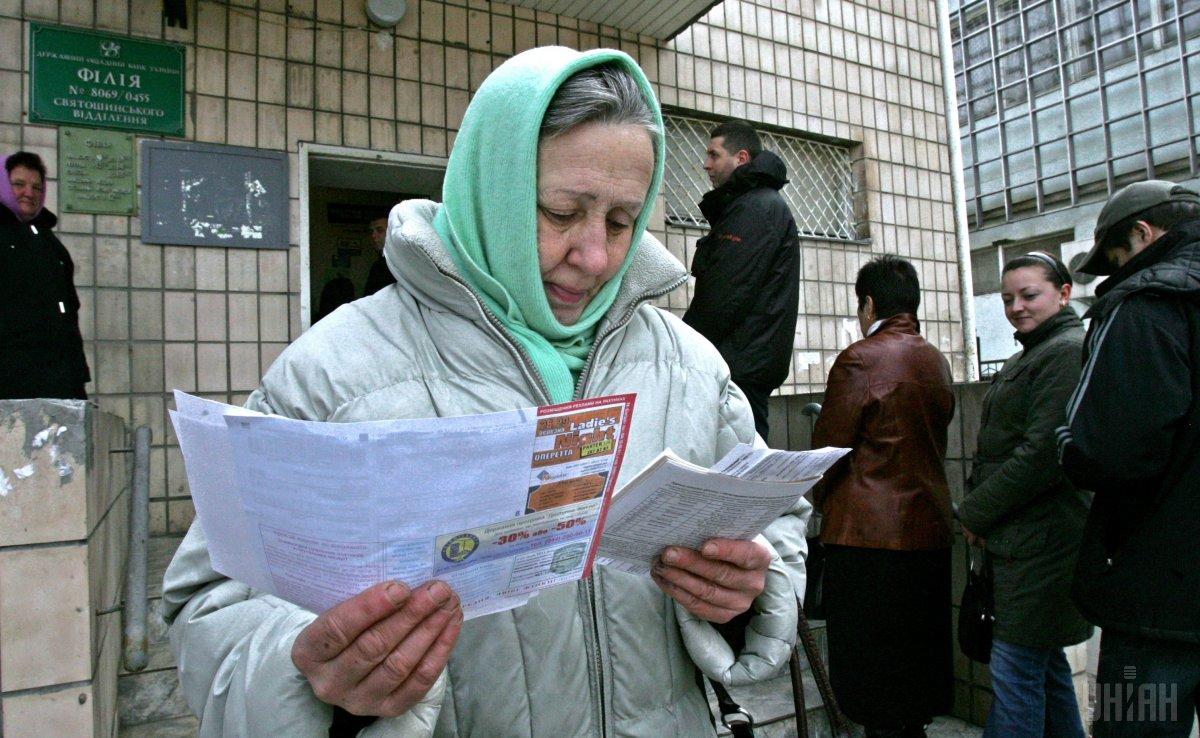
"First of all, I'd like to draw your attention to the fact that the resolution was adopted to prevent a rapid increase in the electricity tariff already from January 2021. If we hadn't adopted this resolution today, the price of electricity for the households would have risen to the market price – by two and a half times," said the acting energy minister, Yuriy Vitrenko.
It is worth noting that electricity tariffs for Ukrainians have remained at the same level since 2017, despite inflation and active reform in the energy sector. This led to a significant bend in the electricity market model.
The artificially lowered electricity price for the households has for years been covered by high tariffs for industrial consumers. The volume of cross-subsidizing that arises for participants of the national market due to the preferential tariff for the households is about UAH 55 billion hryvnia.
Organizational chaos
The high share of organizational chaos in the ranks of key decision-makers does not contribute to quickly overcoming the crisis in the energy industry. In the outgoing year, four officials were replaced in the energy ministry's top chair.
In March, the head of the then still united Ministry of Energy and Environmental Protection Oleksiy Orzhel left his post, along with the entire Cabinet led by Oleksiy Honcharuk.
Over time, as the year went on, the energy department once again sprung off to become a separate ministry.
In April, Olha Buslavets was appointed acting head of the new ministry, only to be replaced by Yuriy Boyko in mid-November.
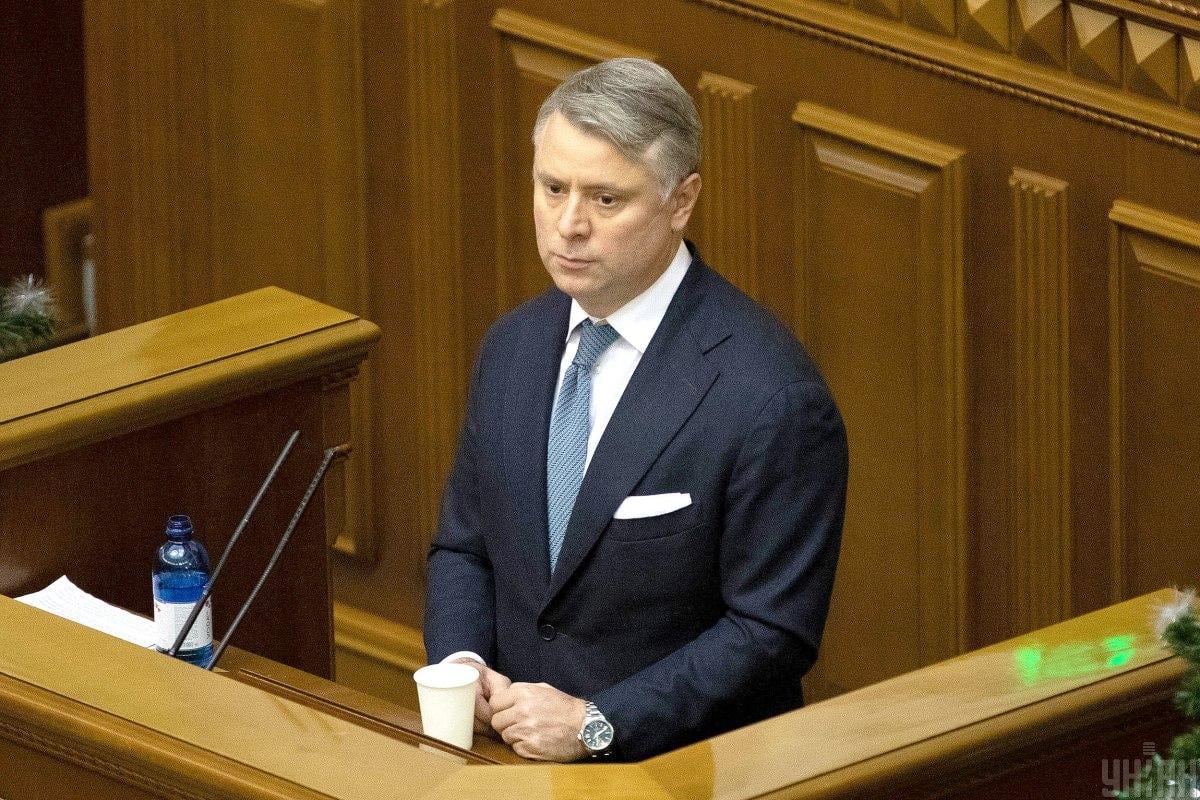
In the second decade of December, the Verkhovna Rada failed to vote in Yuriy Vitrenko, a former top manager of Naftogaz, for a full-fledged energy minister's post. Therefore, by a government decision of December 21, Vitrenko was appointed acting minister.
As a result, it is the new head of the energy ministry who is set to go down in history as an official whose rule was marked by an increase in electricity tariffs for the households.
Grounds for New Year's optimism
Having gone through such a difficult year, many in the energy industry seem to believe that 2021 could offer hope for some timid optimism.
Maksym Tymchenko, CEO of DTEK Energy Holding, believes that the coming year will give the Ukrainian energy sector a chance to restart.

"The post-covid period is another chance for Ukraine, a chance for the energy sector to reboot both technologies and priorities, as well as the pace of integration with the European energy grid and the level of digital solutions. This is a new challenge," Tymchenko said.
He predicts that the country's thermal power plants in 2021 will gradually change their purpose, moving from base load to flexible capacity. "Green" generation will also continue to increase its share – both in general and in DTEK's business scheme.
"This is a trend that's already here, and this can't be changed," he added.
In the coming year, energy storage systems, which are now in short supply and high demand for the national energy system to function effectively, will develop at a high pace in Ukraine. Some energy companies have already announced readiness to test new projects in the area.
Chair of the Rada's profile committee Andriy Gerus believes that the priority areas for the industry in 2021 will include market liberalization through competition development, achieving higher energy efficiency, and following the European "green" course.
"We must develop the process of decarbonization of the Ukrainian energy sector with the tools that are available to us thanks to developing technologies," the lawmaker said.
Energy experts also believe that in 2021 Ukraine should focus on developing competition on its electricity market, which will prevent abuse by monopolies.
The coming year should bring more order and common sense to the market, but this will only happen once the lessons of the 2020 crisis are learned.
Anna Bredikhina

